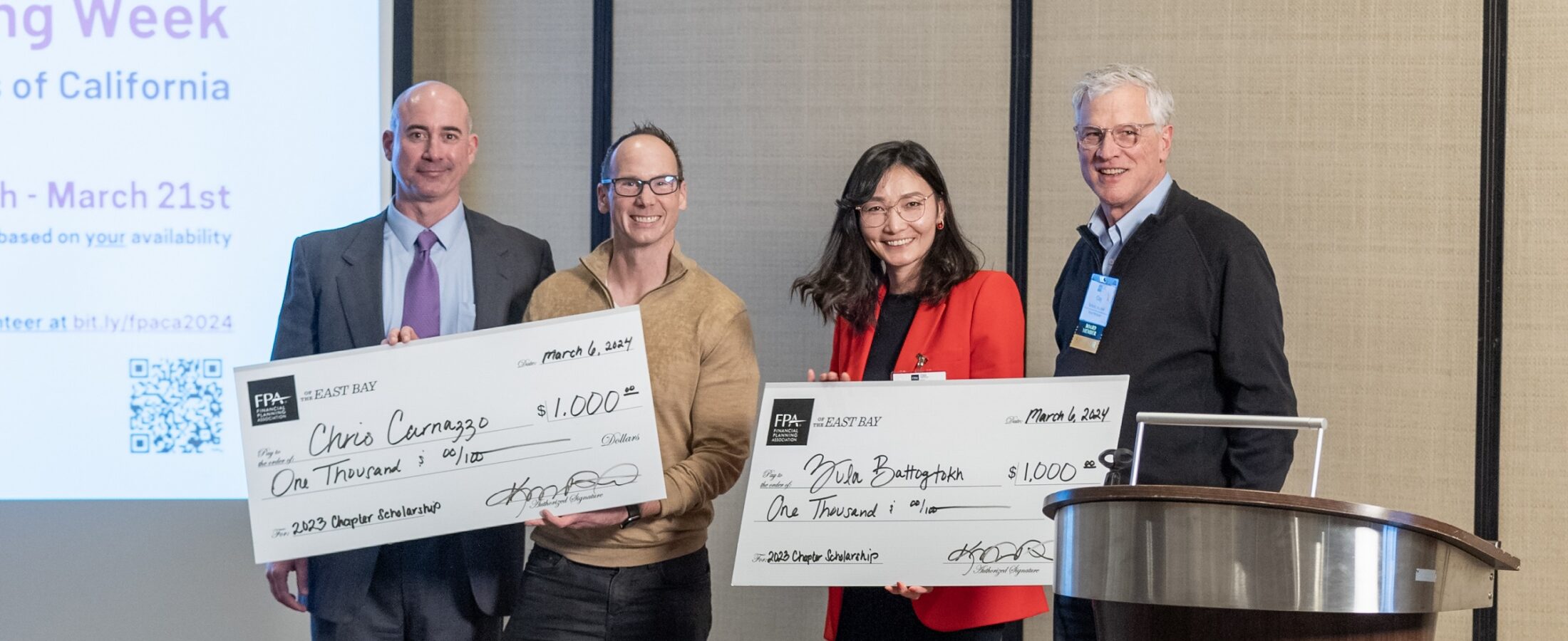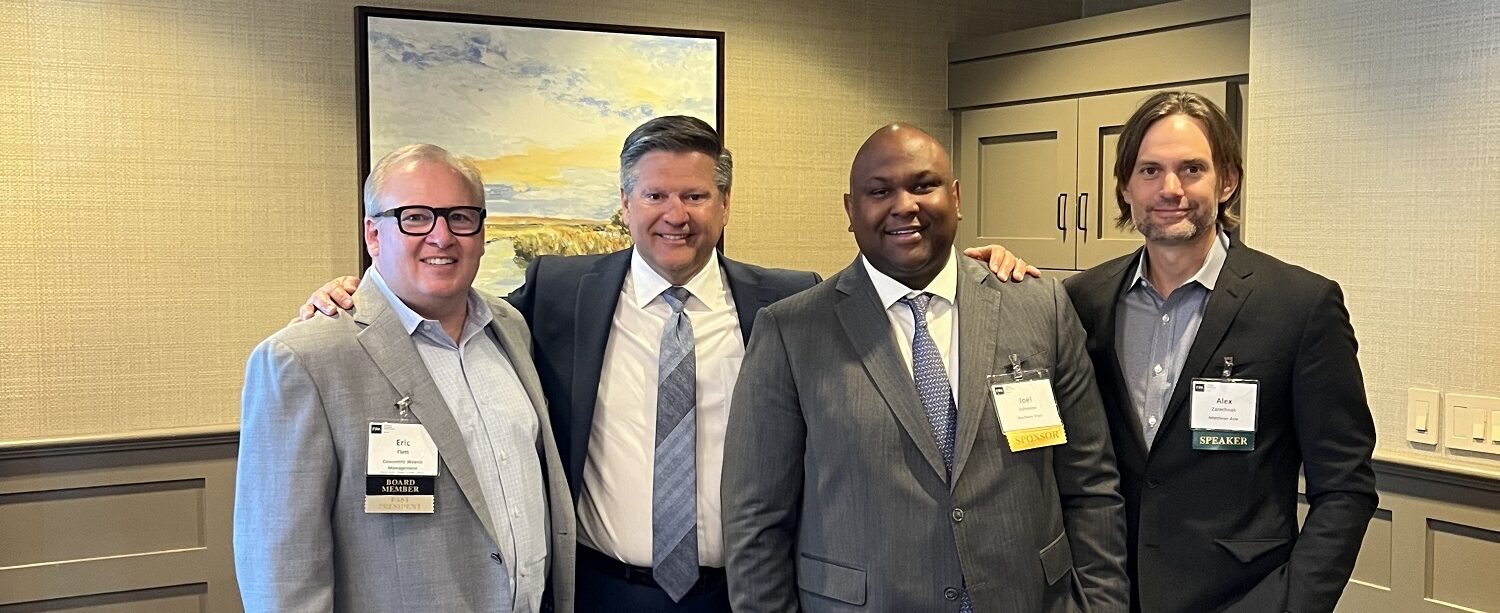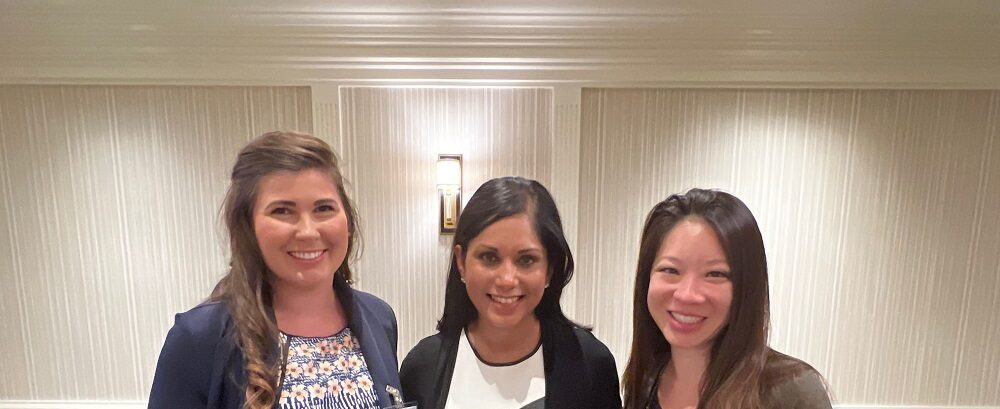- What is a Minimum Required Distribution?
2. How much should I be saving in my 401(k) plan?
3. Should I borrow money from my 401(k) plan?
4. Can I take a loan from my IRA?
5. What should I do with my company retirement money if I am leaving my job?
6. Can I make additional contributions to my Traditional Rollover IRA?
7. My employer already sent me a check for my plan distribution and withheld 20%, can I get that money back?
8. Can I make additional contributions to my Inherited IRA?
9. Can I take a “hardship withdrawal” from my 401(k)?
10. What is the difference between a 401(k) and a 403(b) plan?
11. How will signing up for a 401(k)/403(b) plan affect my take-home pay?
12. What is an employer match?
13. Will investing in my employer’s retirement plan affect my Social Security benefits?
14. Can I join my company’s retirement plan if my spouse already contributes to a retirement plan at work?
15. What is vesting? - What is a Minimum Required Distribution?
Tax-deferral for money in IRAs, 401(k)s, and other qualified retirement plans eventually comes to an end. By law, under most circumstances, you must begin taking a required minimum distribution (RMD) annually once you reach age 70 1/2. For tax purposes, these distributions must be considered income. (Of course, if you have made nondeductible IRA contributions, they are not considered taxable income when withdrawn.)
- How much should I be saving in my 401(k) plan?
Most financial advisors recommend that you aim to save at least 10% of your salary. However, if that sounds too tough, try the 1% solution. You start by saving an amount you can afford, then raise it by one percentage point a year. For example, if you start by saving 2% of your income, the next year save 3%. In the third year save 4%, and so on. You’ll soon be saving more than you thought possible.
Others call themselves Financial Planners, but they may only be able to recommend that you invest in a narrow range of products, and sometimes products that aren’t securities.
Before you hire any financial professional, you should know exactly what services you need, what services the professional can deliver, any limitations on what they can recommend, what services you’re paying for, how much those services cost, and how the adviser or planner gets paid.
- Should I borrow money from my 401(k) plan?
A home-equity loan is often cheaper than a 401(k) loan. If you have a significant amount of equity in your house and a good credit record, you will usually be better off taking out a home-equity loan rather than borrowing from your plan. That’s because in most cases you can deduct your home-equity interest payments from your income taxes, which dramatically reduces the real cost of the loan. By contrast, interest on a 401(k) is not deductible and IRS penalties may apply.
- Can I take a loan from my IRA?
No, you may not borrow from your IRA. However, once per 12-month period, a distribution may be taken and rolled back into an IRA within 60 days of receipt of the distribution. No taxes or IRS penalties will be incurred by the account holder as long as the distribution is rolled back within 60 days. But, as always, you should consult your tax-advisor to ensure you do not incur any IRS penalties.
- What should I do with my company retirement money if I am leaving my job?
If you’re about to receive a payout from your employer’s retirement plan, you need to make an informed decision about placing your funds where taxes and penalties won’t erode them. The most popular choice for sheltering retirement plan payouts is a Traditional Rollover IRA because it offers several advantages. With a Traditional Rollover IRA you’ll:
- Avoid taxes and IRS penalties you would incur if you receive your payout directly
- Continue to have your money grow tax-deferred until you retire, when withdrawals may be taxed at a lower rate
- Have the flexibility, at a later date, to possibly move your money into a new employer’s retirement plan (if funds are not commingled with other IRA funds)
- Can I make additional contributions to my Traditional Rollover IRA?
You may make additional contributions to your Traditional Rollover IRA. However, in doing so, you may forfeit your opportunity to roll over your assets into a new employer-sponsored retirement plan. This includes cash contributions, combining an existing IRA with your Rollover IRA and even a 401(k) or 403(b) payout.
- My employer already sent me a check for my plan distribution and withheld 20%, can I get that money back?
Yes. If you deposit your check into a Traditional Rollover IRA within 60 days, with the amount equal to the 20% withheld. If you do not make up the withheld amount, it will be considered as a distribution and taxed as ordinary income. It could also be subject to a 10% IRS early withdrawal penalty. By funding your Rollover IRA within 60 days with 100% of your retirement plan payout, you may be entitled to a tax credit for the 20% withheld by your employer as a tax credit when you file your tax return.
- Can I make additional contributions to my Inherited IRA?
Unless you are the spouse of the decedent and are eligible to treat the IRA as your own, contributions to Inherited IRAs are not permitted.
- Can I take a “hardship withdrawal” from my 401(k)?
If you have no other way of getting the money for certain large expenses, you may be able to withdraw money from your retirement plan. However, restrictions vary by plan. If you need money for the purchase of a primary home, prevention of eviction from or foreclosure on your home, payment of certain medical emergency costs, or college tuition for you or your eligible dependents, you might be able to take money from your 401(k) retirement plan. But such a hardship withdrawal will still be subject to taxes and possible IRS penalties. Your employer may be ultimately responsible for determining whether a certain instance constitutes an emergency.
- What is the difference between a 401(k) and a 403(b) plan?
A 401(k) plan is a type of qualified retirement plan offered to you by your employer under section 401(k) of the Internal Revenue Code. A 403(b) plan is a somewhat different type of retirement plan, which has many of the same features of the 401(k) plan, but is offered only to employees of tax-exempt, non-profit organizations and educational institutions.
- How will signing up for a 401(k)/403(b) plan affect my take-home pay?
Contributing “pre-tax” money to your employer’s qualified retirement plan reduces your current taxable income by the amount of salary you defer under the plan. Therefore, you are able to invest more than you otherwise would if you put your money into a comparable after-tax investment. For example, one hundred dollars ($100) invested pretax would “cost” you the same as $72 invested after tax (assuming you are in the 28% tax bracket).
- What is an employer match?
A big advantage of your employer’s retirement plan is that your employer may match a portion of the contributions you make to the plan. For example, your employer may make matching contributions of 50 cents for every dollar you contribute. You will also not be taxed on any matching contributions until you receive a distribution or withdraw amounts from the plan.
- Will investing in my employer’s retirement plan affect my Social Security benefits?
No. The amount of Social Security taxes (FICA) paid on your behalf will not be affected if you reduce your taxable income by contributing to your employer’s retirement plan. These amounts continue to be treated as “wages” and therefore are subject to FICA taxes.
- Can I join my company’s retirement plan if my spouse already contributes to a retirement plan at work?
Yes, your spouse’s participation in an employer’s retirement plan does not affect your ability to participate in your own employer’s plan.
- What is vesting?
Vesting refers to your right as a participant in a company sponsored retirement plan to receive a present or future retirement benefit that is not contingent on you remaining employed by the employer. You will always be 100% vested in contributions you have made to the plan. Contributions made by your employer, however, will often vest according to a vesting schedule, where your vested percentage will increase based on your years of service with the employer. By law, it can take no longer than seven years of service for you to become 100% vested in any contributions made by your employer, including earnings. Vesting schedules vary from plan to plan.
















